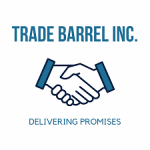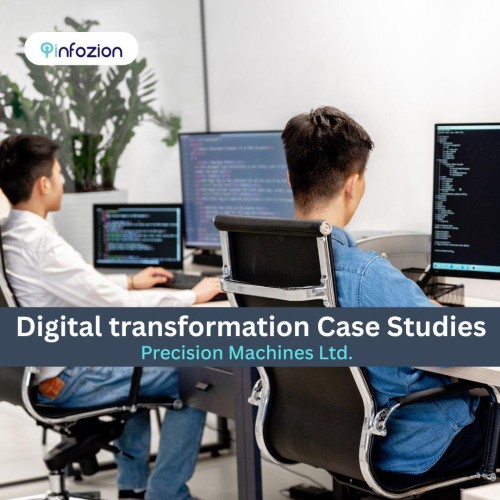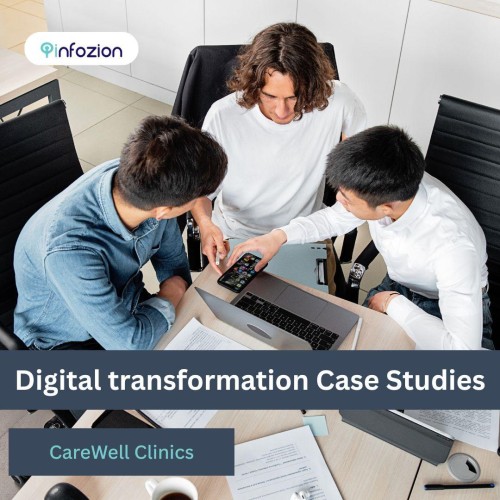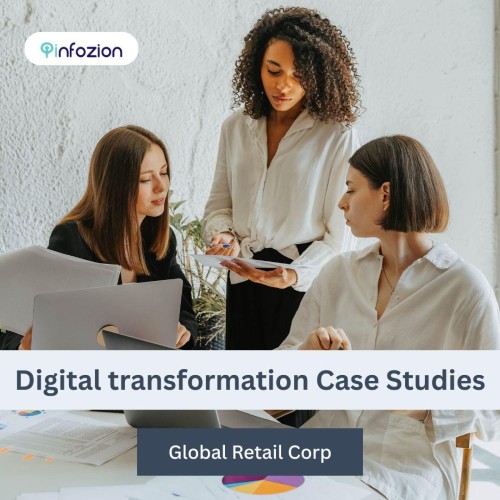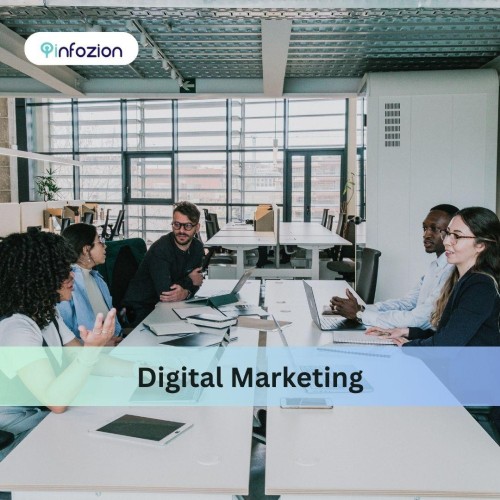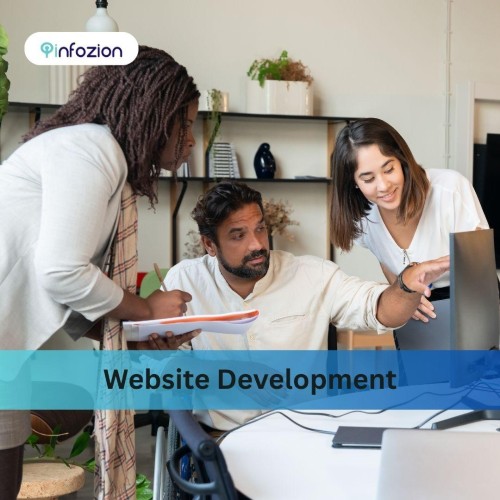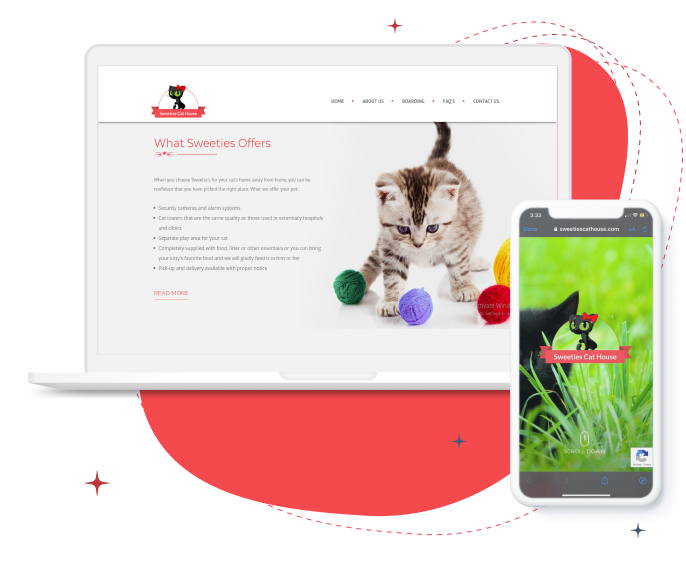Advantage with MVP: Strategies
for Startup Growth
In the fast-paced world of product development, entrepreneurs are constantly seeking ways to minimize risks, optimize resources, and deliver value to their customers swiftly. One powerful approach that has gained immense popularity in recent years is the Minimum Viable Product (MVP) methodology. In this comprehensive guide, we’ll explore everything you need to know about MVPs, along with answers to five frequently asked questions (FAQs) to help you navigate this transformative strategy.
What is an MVP?
An MVP is the simplest version of a product that allows you to collect the maximum amount of validated learning about your customers with the least effort. Instead of investing time and resources into building a fully-featured product, an MVP focuses on delivering core functionalities that address the primary needs of your target audience. It serves as a foundation for iterative development, enabling you to gather feedback, validate assumptions, and refine your product over time.
Why is MVP Important?
MVP is crucial for several reasons:
Risk Mitigation
By launching a scaled-down version of your product, you can minimize the risk of investing resources into features that may not resonate with your audience.
Validation
MVP helps validate your product idea in the real market environment, allowing you to assess demand, identify pain points, and refine your solution accordingly./p>
Time-to-Market
With MVP, you can expedite the product development process and get your solution into the hands of users faster, gaining a competitive edge in the marketplace.
Cost Efficiency
Building an MVP is often more cost-effective than developing a fully-featured product, as it requires fewer resources and allows you to prioritize essential features.
How does minimal viable product work
The Minimal Viable Product (MVP) methodology operates on the principle of delivering the minimum set of features required to validate a product concept and satisfy early adopters. Here’s how it works:
Identify Core Features
The first step in creating an MVP is to identify the core features that are essential to solving the primary problem or addressing the key need of your target audience. These features form the foundation of your product and are prioritized based on their potential impact and feasibility.
Build a Prototype
With the core features identified, the next step is to develop a basic prototype or version of your product that incorporates these functionalities. This prototype should be minimalistic in design and functionality, focusing solely on delivering the core value proposition to users.
Release to Early Adopters
Once the prototype is ready, it’s time to release it to a select group of early adopters or beta testers. These users represent your target audience and are willing to try out new products and provide feedback.
Gather Feedback
As users interact with the MVP, gather feedback on various aspects such as usability, functionality, performance, and overall user experience. This feedback can be collected through surveys, interviews, user testing sessions, or analytics tools.
Iterate and Refine
Based on the feedback received, iterate on the MVP to address any issues, enhance existing features, and incorporate new insights. The goal is to continuously refine the product based on user input and market dynamics, moving closer to product-market fit with each iteration.
Release New Versions
As you iterate and refine the MVP, release new versions or iterations of the product to your user base. Each new version should build upon the previous one, incorporating improvements and additional features based on user feedback and evolving market needs.
Scale Up Gradually
As confidence in the product grows and user satisfaction increases, gradually scale up operations and expand the product’s reach to a broader audience. This may involve investing in marketing, scaling infrastructure, and expanding feature sets to cater to a larger user base.
Monitor and Adapt
Throughout the MVP process, it’s crucial to monitor user engagement, track key metrics, and adapt your strategy based on the insights gained. Stay agile and responsive to changes in user preferences, competitive landscape, and market conditions to ensure long-term success.
How Do You Build an MVP?
Building an MVP involves the following steps:
Identify Your Core Value Proposition
Determine the key problem your product solves and the core features that deliver this solution.
Develop a Prototype
Build a basic version of your product that includes only the essential functionalities required to address the identified problem.
Test with Real Users
Release your MVP to a limited group of early adopters or beta testers and gather feedback on usability, functionality, and overall experience.
Iterate Based on Feedback
Use the insights gained from user feedback to refine and enhance your MVP, focusing on improving features that resonate most with your audience.
Gradually Scale Up
As you gain confidence in your product and receive positive feedback, gradually scale up your operations and add more features based on user demand and market trends.
What Types of Products are Suitable for MVP Development?
MVPs are well-suited for a wide range of products and industries, including software applications, mobile apps, hardware devices, and even services. Any product that can deliver value to users through a minimal set of features can benefit from the MVP approach. Whether you’re launching a new social media platform, a productivity tool, or a physical product, MVP allows you to validate your concept and iterate based on user feedback before committing to full-scale development.
What are the Common Pitfalls to Avoid When Building an MVP?
While MVPs offer numerous benefits, they also come with potential pitfalls. Some common mistakes to avoid include:
Overloading Features
Resist the temptation to include too many features in your MVP, as this can dilute your core value proposition and increase development time.
Ignoring User Feedback
Failing to listen to user feedback or dismissing negative responses can lead to missed opportunities for improvement and product-market fit.
Lack of Focus
Stay focused on solving a specific problem for your target audience and avoid getting distracted by unrelated features or functionalities.
Premature Scaling
Scaling up your operations too quickly without thoroughly validating your product-market fit can lead to wasted resources and missed opportunities for optimization.
FAQs
Q1. What are MVPs used for?
MVPs are used to validate product ideas, mitigate risks, and accelerate time-to-market by delivering the minimum set of features required to satisfy early adopters and gather valuable user feedback.
Q2. How can MVPs benefit businesses?
MVPs help businesses minimize upfront investment, validate assumptions, prioritize features, and iterate towards a market-ready solution based on real-world insights, thus increasing the chances of building a successful product.
Q3. Are MVPs only for startups?
No, MVPs are valuable for startups, as well as established businesses looking to launch new products or enter new markets. They offer a strategic approach to product development that can benefit organizations of all sizes.
Q4. How does MVP work?
MVP works by focusing on delivering the core functionalities of a product that address the primary needs of the target audience. It involves iterative development, user testing, and continuous refinement based on feedback to achieve product-market fit.
Q5. What is the MVP development process?
The MVP development process typically involves identifying core features, building a prototype, testing with real users, gathering feedback, iterating based on insights, and gradually scaling up operations while maintaining a user-centric approach.
Q6. What role does user feedback play in MVP?
User feedback is central to the MVP process as it provides valuable insights into user preferences, pain points, and behavior. By incorporating user feedback, businesses can refine their product, enhance user experience, and increase customer satisfaction.
Q7. What are the steps to create an MVP?
The steps to create an MVP include identifying core features, building a prototype, testing with real users, gathering feedback, iterating based on insights, and gradually scaling up operations while maintaining a user-centric approach.
Q8. Do I need technical expertise to create an MVP?
While technical expertise can be beneficial, it’s not always necessary to create an MVP. Many no-code and low-code tools are available that allow non-technical individuals to build prototypes and MVPs without extensive programming knowledge.
Q9. How do I know if my MVP is successful?
The success of an MVP is determined by its ability to validate product-market fit, gather positive user feedback, achieve desired business outcomes, and pave the way for further product development and growth.
Q10. What is MVP Safe?
MVP Safe refers to the practice of implementing Minimum Viable Products (MVPs) in a manner that prioritizes safety, security, and compliance with relevant regulations and standards. It emphasizes the importance of safeguarding user data, protecting intellectual property, and adhering to industry best practices.
Q11. How can I ensure MVP Safe practices in my organization?
To ensure MVP Safe practices, organizations should prioritize security and compliance throughout the product development lifecycle, conduct thorough risk assessments, implement robust security measures, and stay informed about emerging threats and regulatory requirements.
Q12. What are the risks of neglecting MVP Safe principles?
Neglecting MVP Safe principles can expose organizations to various risks, including data breaches, regulatory penalties, reputational damage, and loss of customer trust. By prioritizing safety and security, businesses can mitigate these risks and build products that inspire confidence among users.
Q13. What does MVP stand for in Agile?
a) Most Valuable Player
b) Minimum Viable Product (Correct Answer)
c) Maximum Value Proposition
d) More Versatile Process
Q14. What is the primary goal of MVP in Agile?
a) Delivering all features at once
b) Validating product ideas quickly and efficiently (Correct Answer)
c) Maximizing project scope
d) Minimizing user involvement
Q15. How does MVP fit into the Agile development process?
a) It is the final deliverable of the project
b) It is developed after user acceptance testing
c) It is continuously iterated upon throughout the project lifecycle (Correct Answer)
d) It is only used in the planning phase
Q16. What is MVP in project management?
MVP in project management refers to the Minimum Viable Product, which is the simplest version of a product that delivers value to users and serves as a foundation for iterative development.
Q17. How does MVP benefit project management?
MVP benefits project management by providing a clear focus on delivering core functionalities, mitigating risks, fostering collaboration between stakeholders, and enabling agile adaptation to changing requirements and market conditions.
Q18. What role does MVP play in project scope management?
MVP helps project managers prioritize features, define project scope, and manage stakeholder expectations by focusing on delivering the minimum set of functionalities required to achieve project objectives and satisfy user needs.
Client Speaks
We made it so beautiful and simple. It combines landings, pages, blogs and shop screens. It is definitely the tool you need in your collection!
Our Case Studies
We made it so beautiful and simple. It combines landings, pages, blogs and shop screens. It is definitely the tool you need in your collection!
Our Results in Numbers
We are very happy about our achievements and don’t hide them
Companies Digitalized
Projects Completed
Client Retention
Technologies & Frameworks Our Developers Skilled In
Our developers like to work across a wide spectrum of platforms and we take pride in delivering all our projects as per the brand’s choice, comfort, requirement and budget. Here are some technologies and frameworks that we are deft with.
AI
Give a new dimension to your business by integrating Artificial Intelligence (AI) developed by our expert pool of developers who have been behind the development of various renowned brands that have heightened sales through AI.
Backend
We use an array of technological frameworks that help us to securely save data while creating some best back-end experience for our users.
Database
Run your on-premises and cloud workloads with a more secured and complete database solutions. We are the experts in using the best technology frameworks to manage the critical data.
eCommerce & CMS
We specialise in crafting some of the most aesthetically designed e-commerce websites that will allow you to reach audiences across international borders and manage them seamlessly by using our highly advanced Customer Management Software.
Js & Frontend
Neat, efficient and user-friendly are some of the key focal points that we ensure when we use these technologies to create a spectacular front-end experience.
Mobility
Create some of the most trending apps with us across multiple operating systems and interact with your users.
Testing
We conduct a wide array of tests to help you get a meaningful insight and generate reports about your products and help you improve or resolve issues.
Faq's
Based on over experience and questions we receive from our clients, we wrote down a list of Frequently Asked Questions (FAQ). We hope that it will help you better understand the issues related to software development.
We are known for our quality and fast delivery of the various projects. However, since each of our clients needs are unique, we shall convey the expected timeline of the project basis our discussion.
Over the last few years, we at Infozion have successfully delivered all of our projects without any negative feedback. In case you are unsatisfied with our work, then we shall consider reworking on the same project and improving or fixing any bug issues.
Yes, we shall assign a dedicated project manager to each of our clients so that she/he is in constant touch and is accessible to our client.
We will regularly schedule meetings as well as virtual sessions for you to keep a track on the progress of the work so that you know how much of the project has been covered.
At Infozion, we specialise at website development for brands and companies across multiple niche, mobile app development, UI/UX design, software solutions for better business management, SEO consultation and services, digital marketing, landing pages, blogs, e-commerce and everything you need to digitise your business.
You can either fill your details and drop us a message with your query or you may also email us at hi.infozion.in to get an instant reply.
Lets discuss your Idea !
Drop us a line! We’ll set up a time to chat over the phone or in-person to know more about your business needs. All primary conferences are free of charge.














